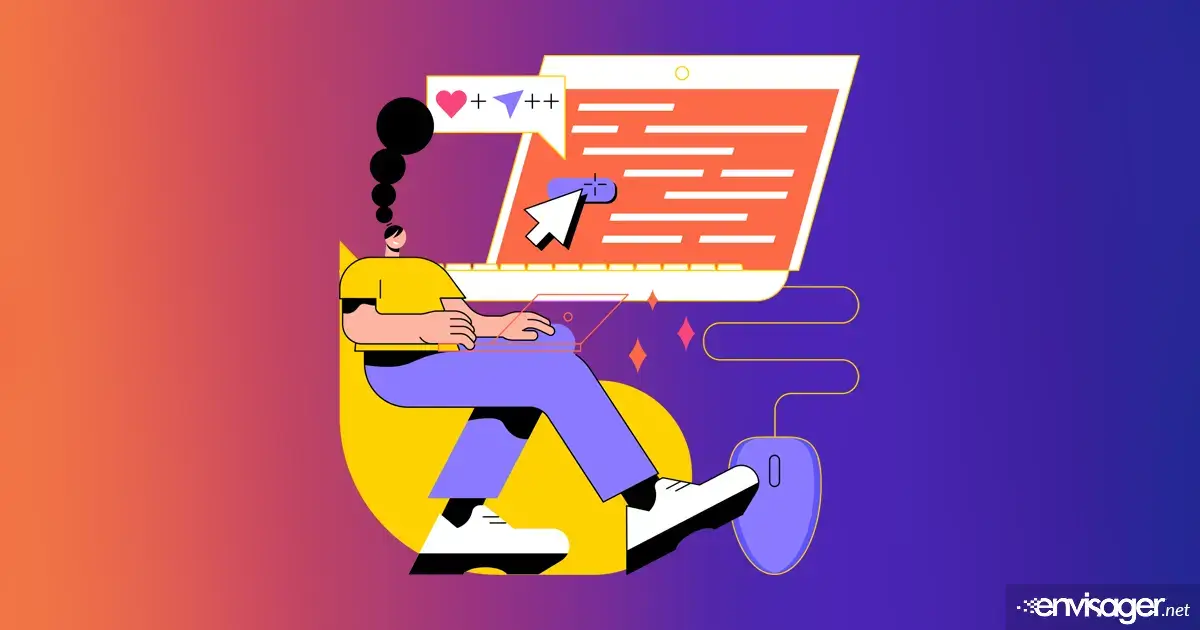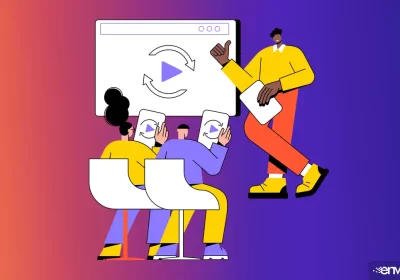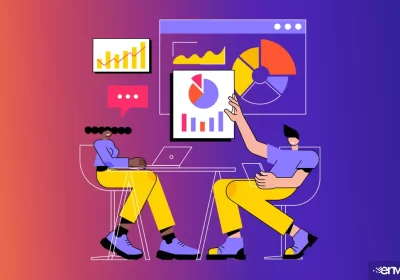What is Blog Optimization?

Blog optimization is the process of enhancing various aspects of a blog to improve its reach, performance, and effectiveness. It involves fine-tuning elements related to search engine visibility, user experience, content quality, and social media engagement. By optimizing a blog, you can attract more visitors, increase reader retention, and achieve better rankings on search engines like Google.
Key components of blog optimization
01. Search engine optimization (SEO)
- Keyword research. Identifying and integrating relevant keywords into your blog posts helps search engines understand your content and rank it appropriately. Tools like Google Keyword Planner or SEMrush are often used to find popular search terms.
- On-page seo. This involves optimizing the content on individual blog posts, including meta titles, meta descriptions, headers, image alt texts, and internal linking. Proper on-page SEO makes it easier for search engines to crawl and index your content.
- Technical seo. Ensuring your blog has a fast load time, mobile responsiveness, and a secure connection (HTTPS) are critical factors in technical SEO. These elements help improve user experience and search engine rankings.
02. Content optimization
- Quality and relevance. Creating high-quality, informative, and relevant content that meets the needs of your target audience is crucial. This involves regularly updating old posts, ensuring your content is accurate, and adding multimedia like images and videos to enhance user engagement.
- Readability. Content should be easy to read, with a clear structure, short paragraphs, and the use of bullet points or numbered lists when necessary. Tools like Grammarly or Hemingway can help improve readability.
03.User experience (UX)
- Navigation. A well-organized blog with clear navigation makes it easier for visitors to find what they’re looking for, leading to higher engagement and lower bounce rates.
- Design. An aesthetically pleasing and user-friendly design encourages visitors to stay longer on your site. It’s important to ensure your blog is visually appealing and easy to navigate across all devices.
04. Social media optimization
- Shareability. Adding social sharing buttons to your blog posts can increase their visibility on social media platforms, driving more traffic to your site.
- Engagement. Actively promoting your content on social media and engaging with your audience through comments, likes, and shares can help increase your blog’s reach and influence.
05. Analytics and monitoring
- Performance tracking. Using tools like Google Analytics to monitor traffic, bounce rates, and user behavior helps you understand what’s working and what needs improvement. Regular analysis allows you to refine your strategy for better results.
Wrapping it up
Blog optimization is an ongoing process that requires attention to detail and a deep understanding of your audience’s needs. By focusing on SEO, content quality, user experience, social media engagement, and analytics, you can significantly improve your blog’s performance and achieve your goals, whether they are increased traffic, higher rankings, or better conversion rates.
You may also enjoy reading: Website Redesign Services: How to Choose The Right Agency

Gregory Meyer
DIGITAL MARKETING DIRECTOR
Gregory is the Analyst & Digital Marketing Director at Envisager Studio. His data collection is an important part of each client’s unique website design and social media strategy. In his spare time, he writes about web design analytics, social media, visual marketing, and social influence.




